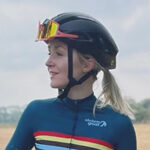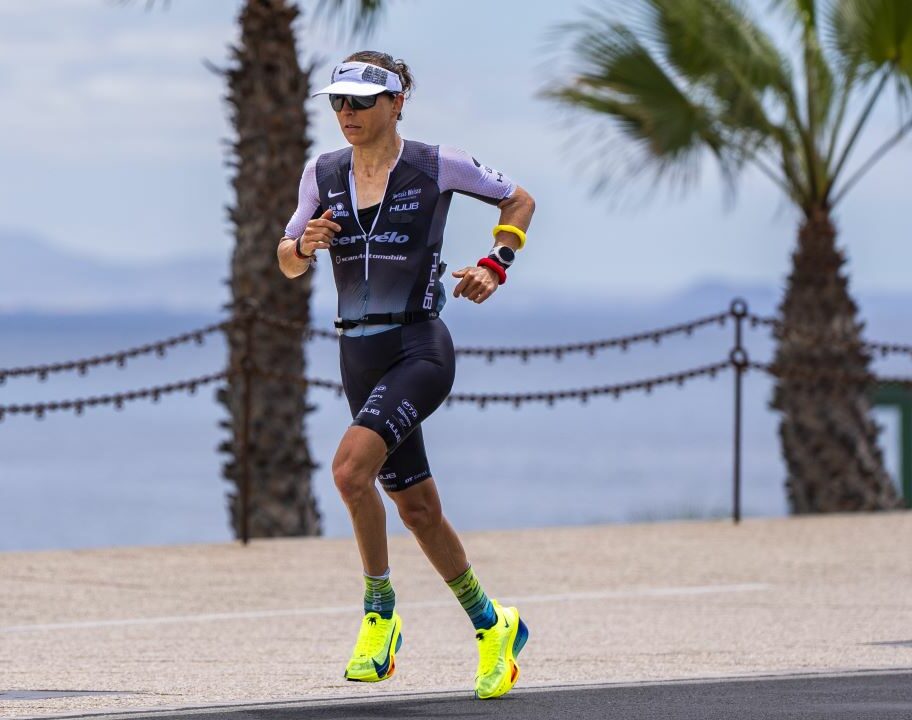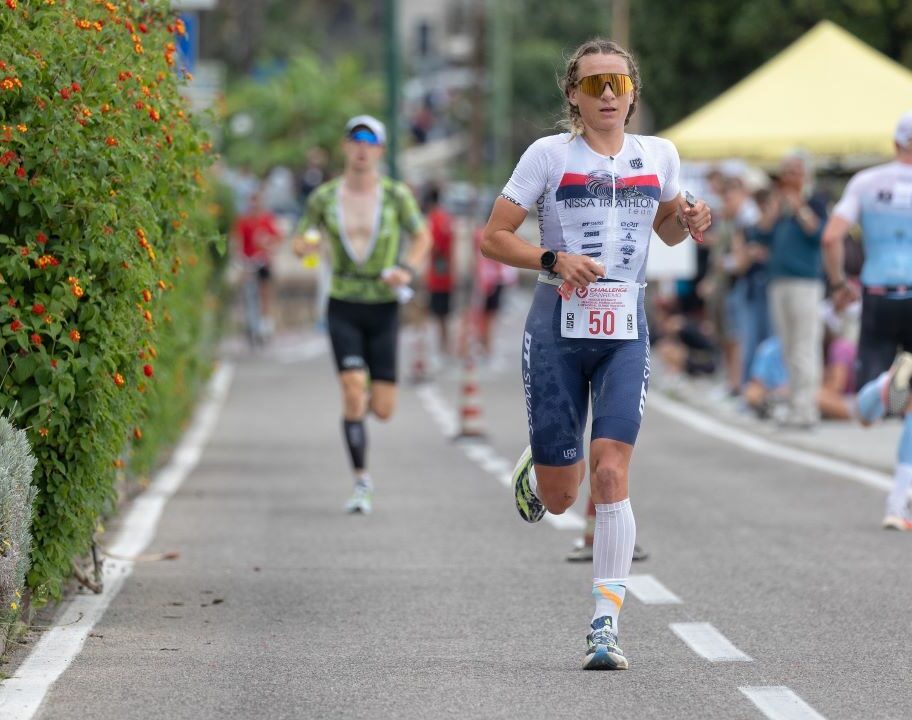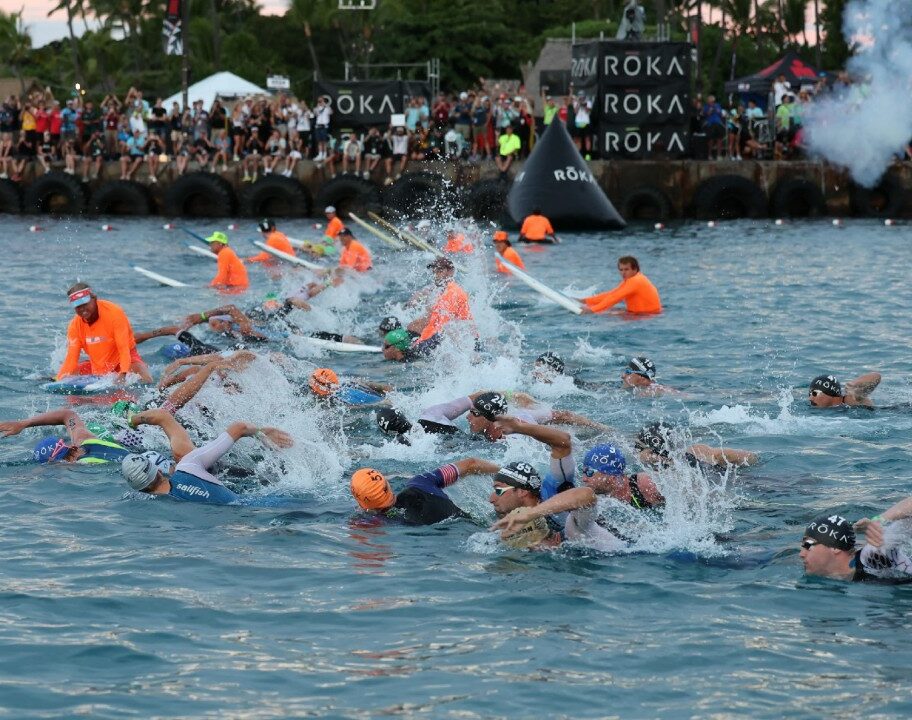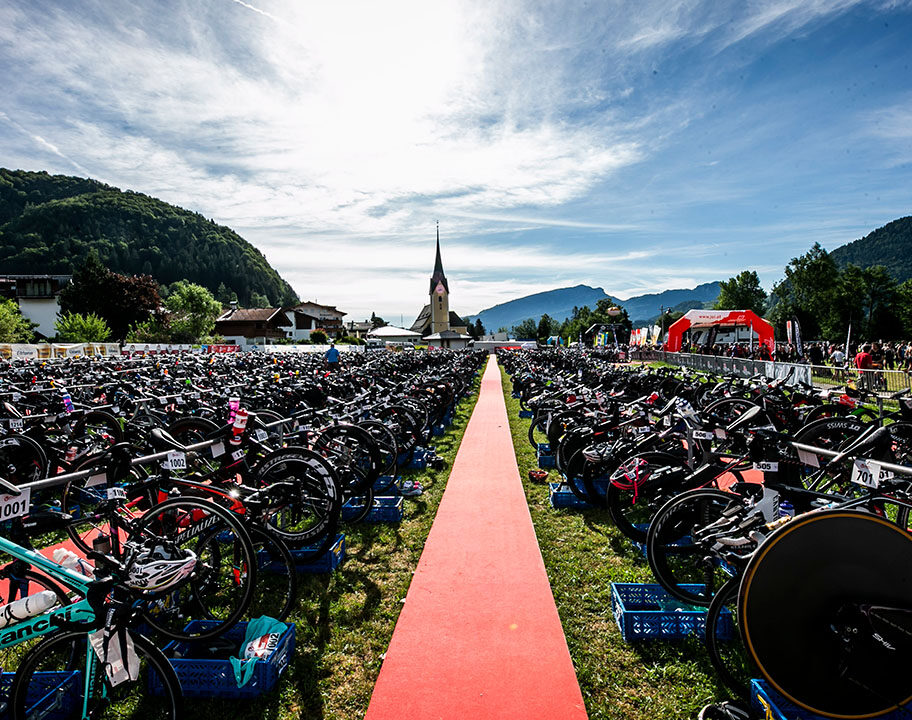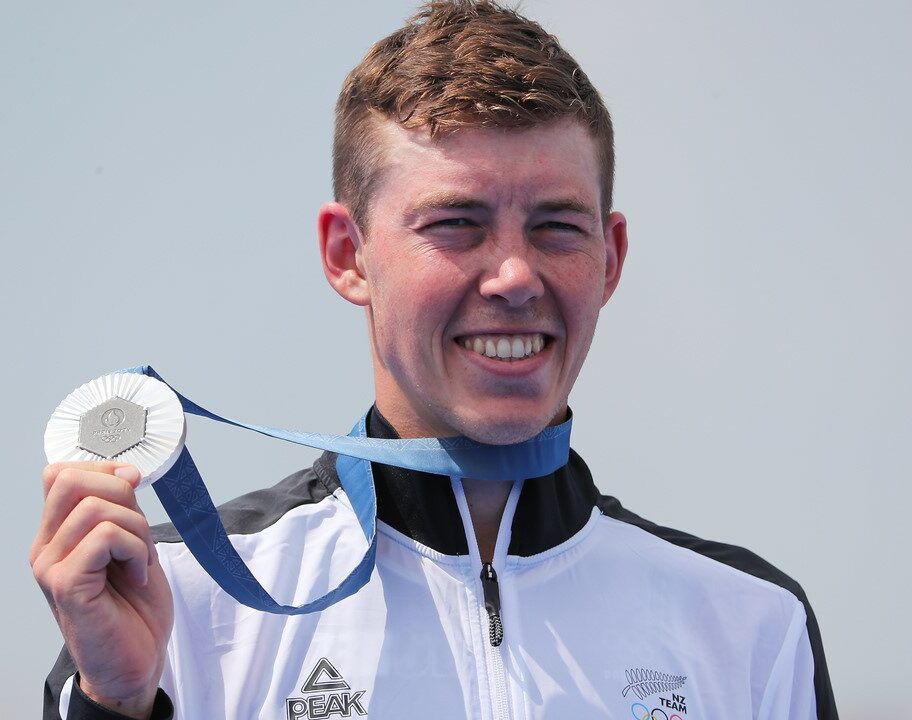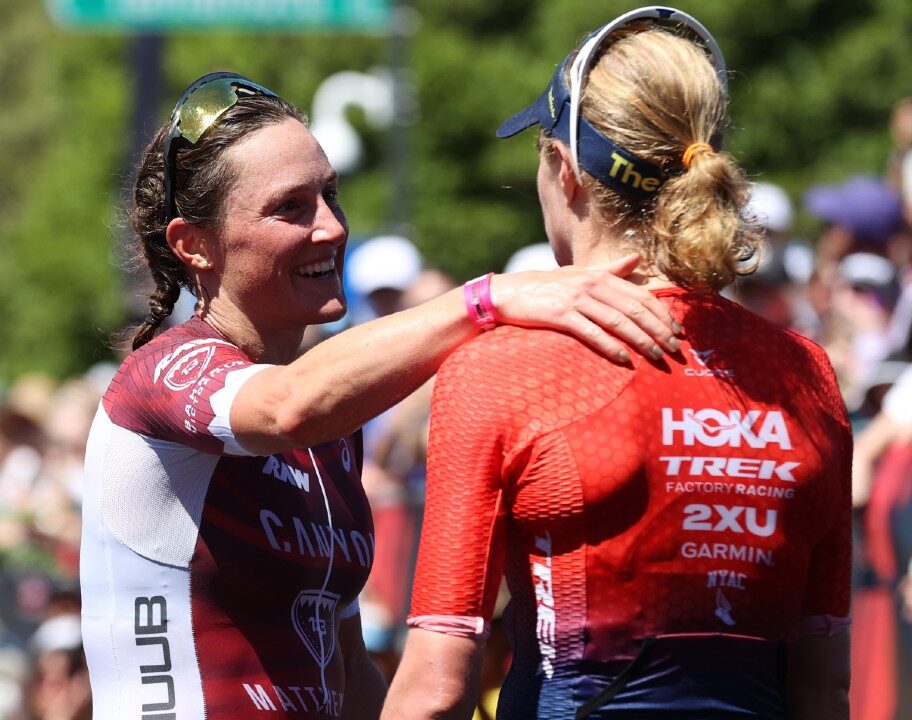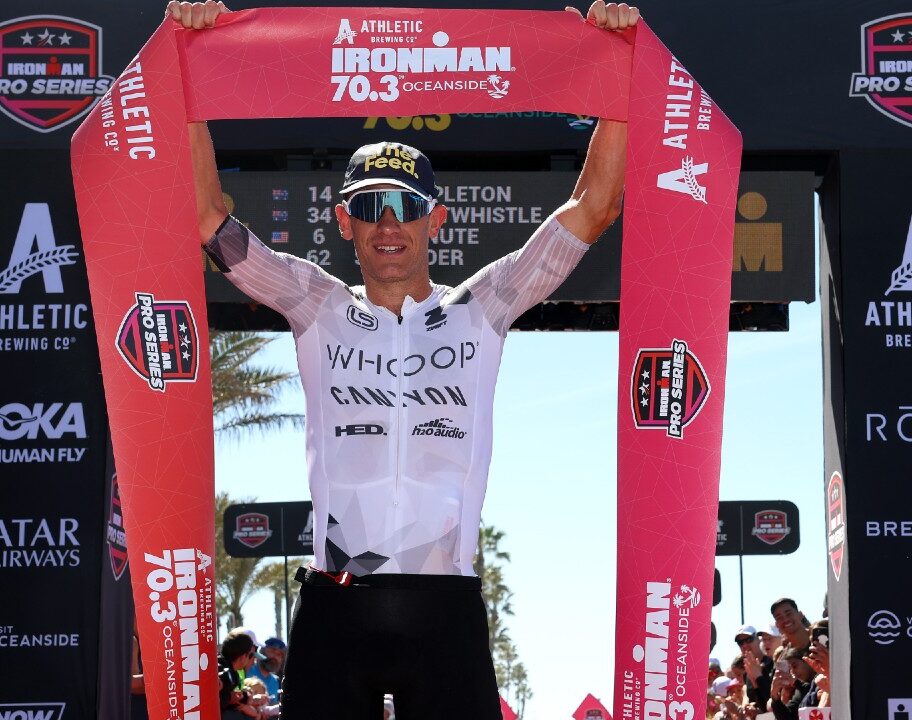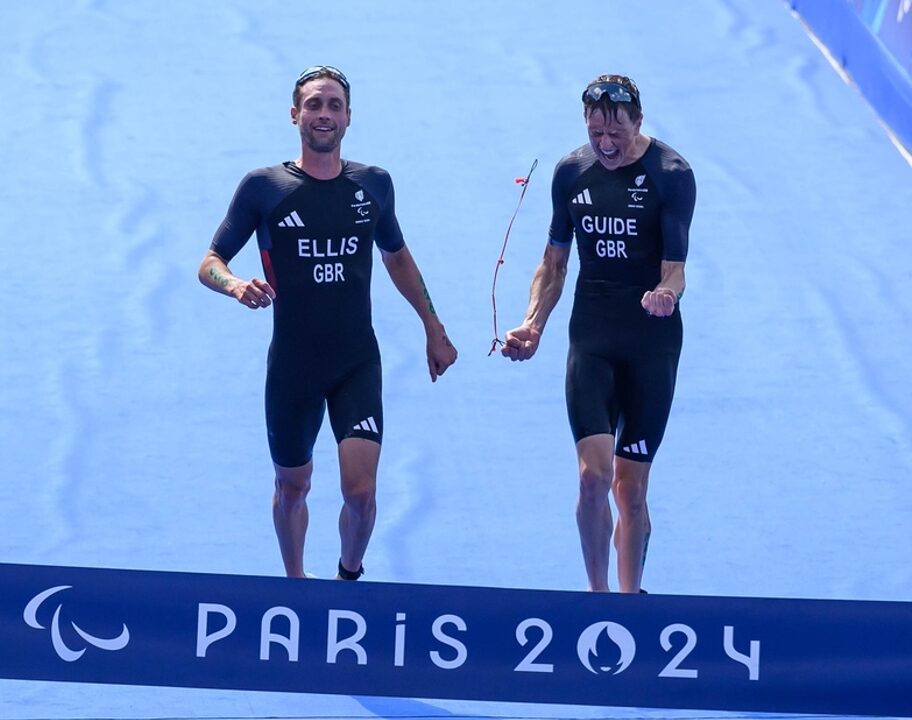When the mercury rises, it’s normal to experience a bit of a dip in performance as the heat takes its toll. But if a bit of hot weather has you going from feeling “pretty fit, actually” to like you’ve never trained a day in your life. Chances are there are a few small – but mighty – details you might be overlooking when it comes to training and racing in the heat.
We take a look at four of the common mistakes endurance athletes tend to make when it comes to training in hot weather – and share some tips on how to avoid them.
1. Being a hydration firefighter
Being well hydrated and keeping your electrolytes balanced is a key factor for performance. Get it wrong, and you’ll quite quickly be at risk of muscle cramps, increased heart rate, elevated body temperature, higher perceived effort, reduced cognitive function and early onset of fatigue. None of which is going to add up to nailing a training session or smashing your PB on race day. And while most of us know we need to stay hydrated during our training sessions at all times, and particularly in hot conditions. A common mistake people make is leaving it way too late to start hydrating.
Hydration needs to start before your training session
It’s vital that you start hydrating before you start your training session or race. You need to pre-load, so you start hydrated. Otherwise you’ll just be firefighting and playing an impossible game of catch up. Feeling thirsty is your body’s way of warning you that you’re already mildly dehydrated. Once you start sweating, if you were already a little dehydrated – it’s going to be difficult to take on enough fluids to mitigate the impact. Leave the firefighting to the professionals, and make sure you’re taking on fluids prior to heading out the door so you can start hydrated.
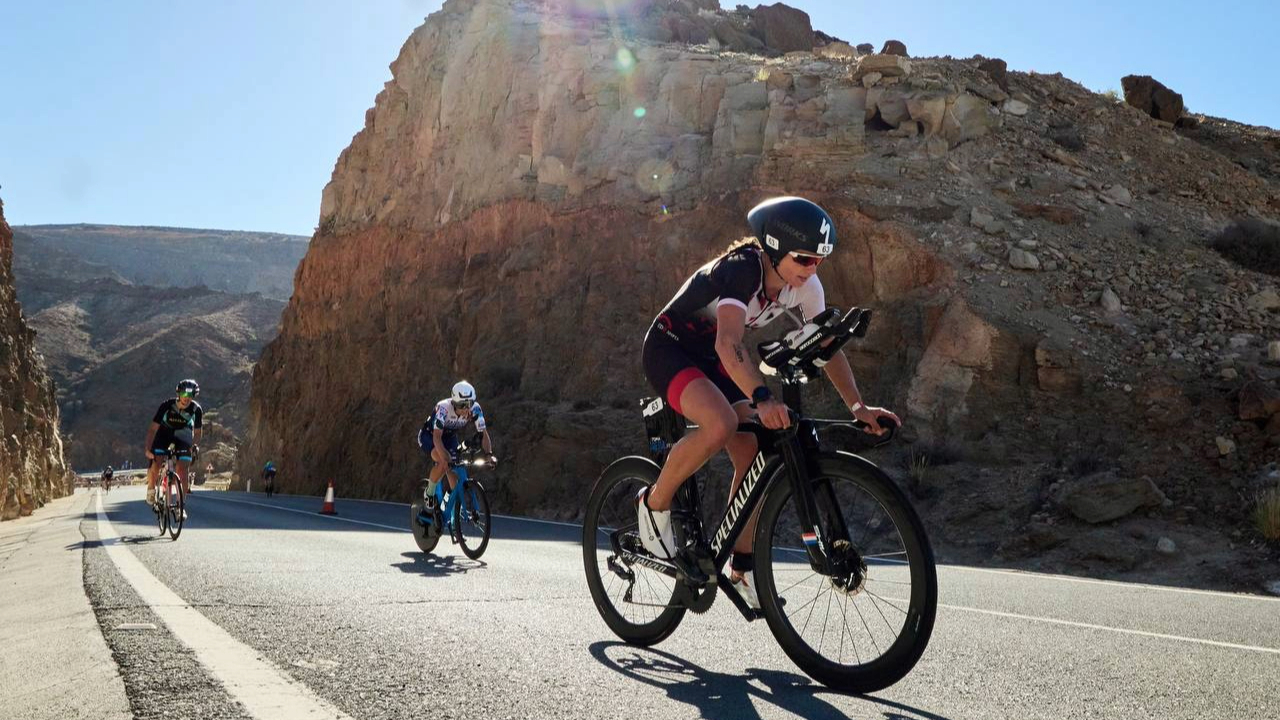
Use electrolytes
When we sweat, we don’t just lose fluid. We also lose vital electrolytes such as sodium and magnesium which play a key role in maintaining proper muscle function. So in hot conditions, you want to make sure you’re replenishing your electrolytes, as well as fluids. If you struggle to stomach sports drinks with electrolytes, consider trying salt tablets as an alternative.
Rehydrate properly after training
Getting ready for your next training session starts the minute you hit save on the current one. A big mistake we all tend to make is forgetting to replenish the fluids we’ve just sweated out. Which is understandable when you’re squeezing training in around work, life and all the other plates you have to spin. But it’s also not going to do you any favours when it comes to recovering and absorbing the training load. Before you head out to train, prepare a recovery drink with electrolytes and have it ready and waiting in the fridge – ideally in a water bottle so you can take it with you and sip on the go if you’ve got a busy day.
2. Forgetting to fuel
We get it. When it’s hot and sticky outside, the last thing you probably feel like doing is taking on a hot and sticky energy gel. But it’s important that you’re not just focusing on hydration when you’re training or racing in the heat. Because being well hydrated, but running (or riding) on nothing but fumes is going to catch up with you pretty quickly. So it’s essential to stay on top of all aspects of your nutrition.
Remembering to fuel is something Kona-winning PRO Lucy Charles-Barclay highlighted ahead of the (very hot and humid) Singapore T100 race when we asked for her tips for racing in the heat:
“Make sure you get the carbs in as well, that was something I struggled with last year. Because it’s hot, you’re thinking all about getting the water on board. But make sure you’re getting that energy on board as well.”
Lucy Charles-Barclay speaking to TRI247 ahead of Singapore T100 in 2024
If you struggle to take on energy bars or gels when it’s hot, consider using a sports drink which has both carbs and electrolyte instead.
3. Not adapting your plan to match the conditions
Unless you’ve ticked off a targeted heat prep in training, chances are you’ll need to adjust the planned intensity of your workouts in hot conditions. At least to start with, until your body starts to adapt. When conditions are hot, your core temperature becomes elevated faster and your body prioritises cooling above pretty much anything else. This increases the strain on your cardiovascular system and reduces aerobic performance. Typically that’ll translate to a higher heart rate than you’re used to at lower intensities.
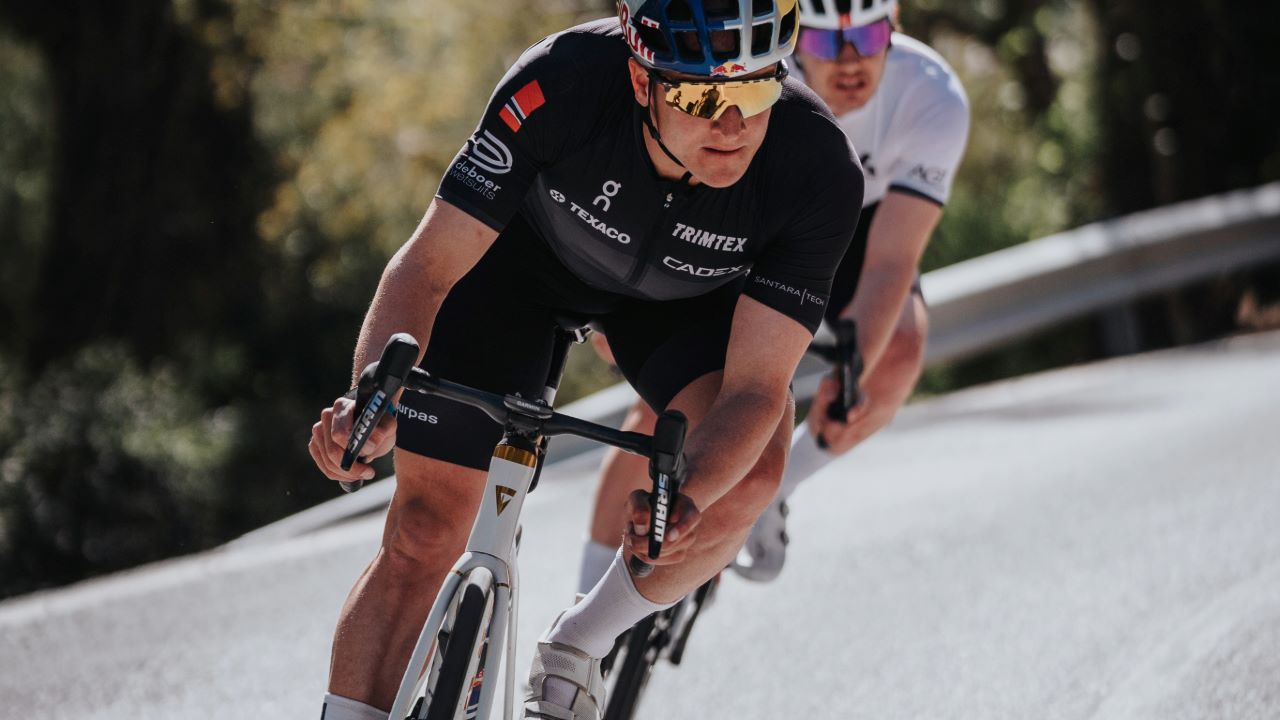
Trying to force your way through a session, regardless of how your body is coping with the heat, is a recipe for ‘blowing up’ – and risking heat stress. You might get away with it for one or two sessions, but the likelihood is that you’ll soon find you’ve put yourself in a bit of a hole as the fatigue ramps up. Which is when you’ll end up having to skip sessions altogether. Instead, use heart rate and adjust your pace or power output to ensure that you’re working within the prescribed intensity zone of the training session. If it’s hot and you’re supposed to be doing an easy Zone 2 run – you might have to run slower than usual to make sure the session truly is easy.
4. Using a sunscreen that isn’t up to the job
We recently took a dive into the risks – some obvious, some not-so-obvious – that triathletes need to be aware of when it comes to training in sunny conditions and UV exposure. And most of us know that wearing sunscreen when we’re training outdoors is essential. But if you’re trying to make do with the dregs of the slimy sun cream left over from holidays by the pool. Chances are it’s not performing all that well when you’re out training.
It’s important to use a sports-specific sunscreen. Not only will it be sweat-resistant and water-resistant, so it can stand up to the demands of whatever training you have planned. It’ll also be non-greasy and breathable which will help to keep you feeling comfortable.
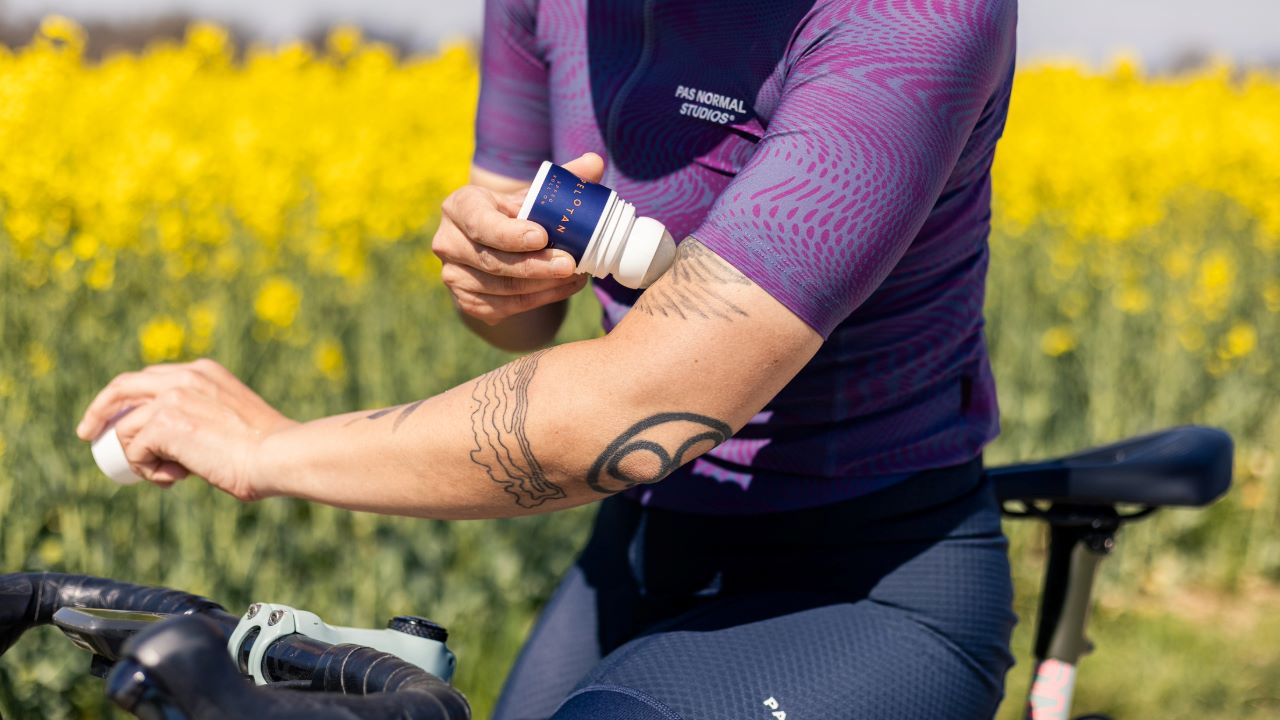
Make sure you apply enough sunscreen. 30ml is the general recommendation, though most of us probably aren’t going to measure it out every time. As a rule of thumb, apply however much you think you need – and then apply a little extra.
Apply your sunscreen about 15 minutes before you head out, so it has time to bind with your skin. Most sports sunscreens offer up to 8hrs of protection. However it’s worth reapplying your sunscreen every few hours if you’re swimming or sweating heavily.
